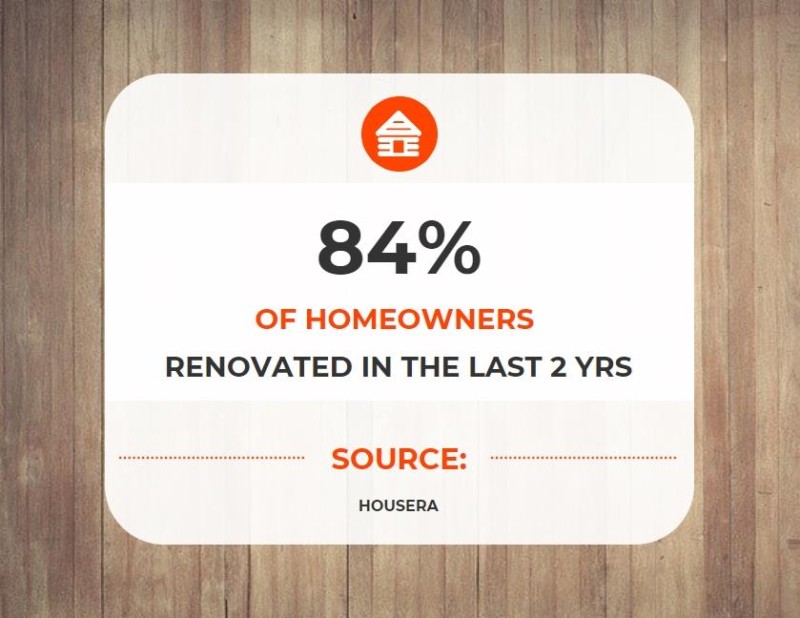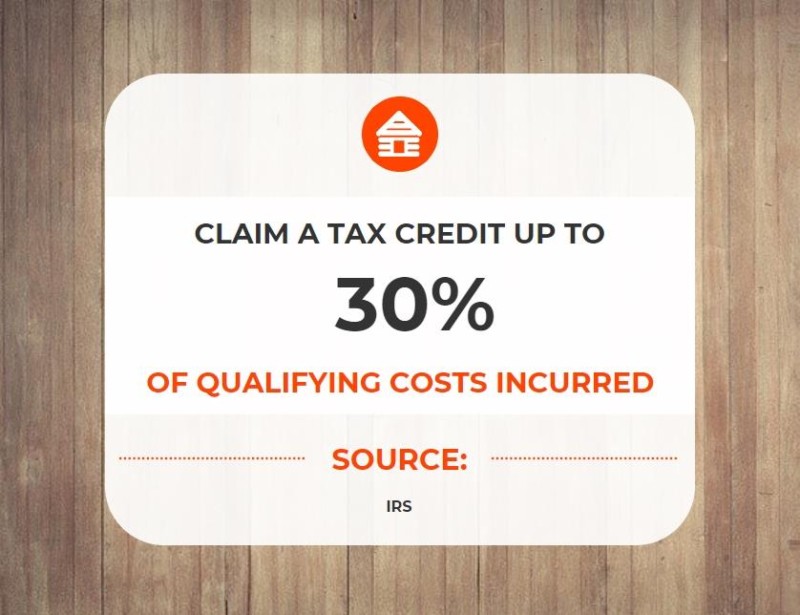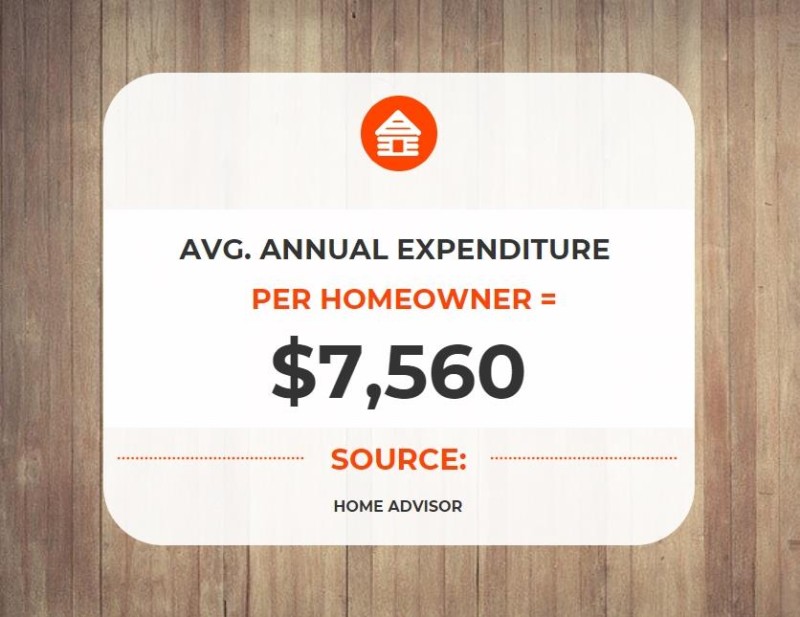by Samuel Kaye, Guest Contributor
Overhauling your home is a huge, expensive endeavor. However, homeowners may be able turn the remodel of their dreams into a tangible reality by offsetting costs through tax breaks.
For example, did you know that you could claim the costs allocable to a swimming pool or hot tub on your federal tax return—lowering your annual tax bill—so long as it functions as an energy storage medium or serves a medical?
There are a number of credits and deductions you might be able to take, so long as you made the right improvements in 2019. Recent survey findings reveal that 84% of homeowners renovated a kitchen, bathroom, or laundry room in the last two years—but which upgrades will earn you savings come tax season? Keep reading to learn more.
1. Energy Tax Credits


There are a couple residential energy credits you may be able to claim to offset your overall tax bill for the 2019 fiscal year:
- Residential Energy Efficient Property Credit
- Nonbusiness Energy Property Credit
The former credit is available for both existing homes and new construction, whereas the latter is available to existing homes only. Each credit works a little differently, but they both apply to specific home improvements that are designed to reduce a homeowner’s carbon footprint.
2. Residential Energy Efficient Property Credit


You may be able to take a credit of 30% of costs related to qualified solar electric property, solar water heating property, small wind energy property, geothermal heat pump property, and fuel cell property.
- Solar electric property: Both solar roofing tiles and solar roofing shingles can qualify for credit, in contrast to structural components such as decking and rafters that serve solely a structural function and therefore do not qualify.
- Solar water heating property: The costs related to property that heats water for your home may be claimed so long as at least half of the energy used for such purpose is derived from the sun.
- Small wind energy property: If you use a wind turbine to generate electricity for your home, you may be able to claim the associated costs.
- Geothermal heat pump property: These pumps use the ground as a thermal source to heat your home, or as a sink to cool your home. In order to qualify for a tax credit, the equipment must meet the requirements of the Energy Star program that were effective at the time of purchase.
- Fuel cell property: For an integrated system to qualify, the fuel cell must have a nameplate capacity of at least one-half kilowatt of electricity and a generation efficiency of greater than 30%.
3. Non-business Energy Property Credit
Taxpayers can claim a credit equaled to the sum of 10% of the amount paid or incurred for qualified energy-efficient improvements and any residential energy property costs incurred in 2019. Expenses that may qualify for this credit include:
- Insulation systems designed to optimize a home’s heat loss and retentions
- Exterior windows, skylights, and doors
- Metal roof with pigmented coatings or asphalt with cooling granules that reduce heat gain
- Qualified natural gas, propane, or oil furnaces
- Advanced main air circulating fans
- Stoves that use biomass fuel
- Certain water heaters and central A/Cs that meet energy efficiency requirements
When calculating either credit, include the purchase price of the equipment as well as labor costs incurred during installation. Make sure that costs you claim only apply to eligible home improvements, otherwise you may risk being audited by the IRS and facing fees that far outweigh any potential savings.
Note: Collect records of every invoice supporting your claimed credit and store them for at least seven years to protect yourself against a potential audit down the road.
4. Qualified Medical Expenses


If your home improvements qualify as medical expenses, then you may be able to deduct your out-of-pocket costs from your taxable income to lower your year-end liability. Some common examples claimed by taxpayers include:
- Handrails
- Wheelchair ramps
- Modified bathrooms
- Widening doors
- Lowering cabinets
Keep in mind that deducted amounts must be reasonable given their medical purpose and expenses incurred for aesthetic reasons do not qualify for a deduction. In other words, making your home handicap accessible would qualify, but installing a garden in the backyard.
To defend against an audit, it’s wise to obtain a doctor’s statement verifying that the improvement is medically necessary. The average annual home improvement expenditure per homeowner reached up to $7,560 in 2018, and if we continue with the example from earlier, then deducting the costs of a pool installation could help recover costs—but if you planned to claim it as a medical expense, be prepared to back it up with prescription for exercise through swimming.
5. File the Right Forms
When filing your income tax return, include IRS Form 5695 to claim residential energy credits or deduct medical expenses on Schedule A on Form 1040. By strategizing taxes wisely, you may be able to fit a remodel within your budget rather than financing upgrades through loans, falling behind on payments, and damaging your credit later on.
If you haven’t started work on your next home project, use this advice to narrow down the best places to save money. Many of these tax credits are still in effect until 2021, so this could be the year to finally pull the trigger on the remodel you’ve dreamt of for so long.





